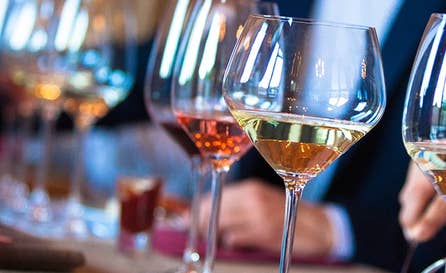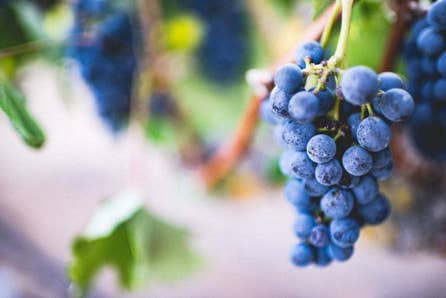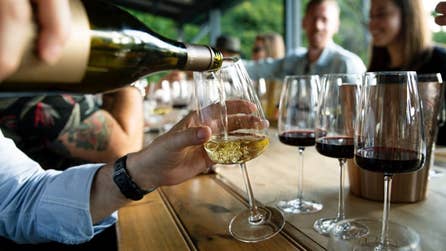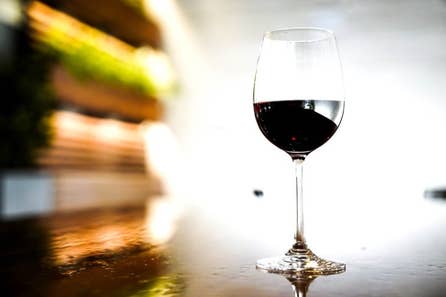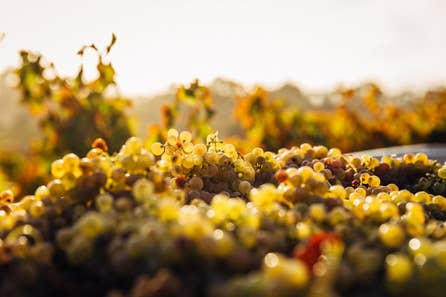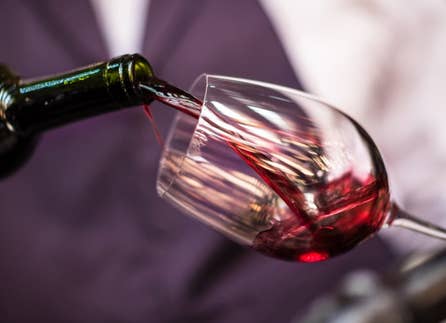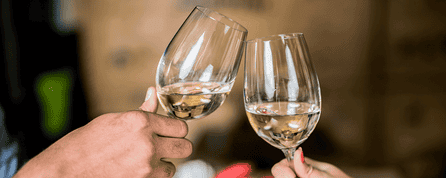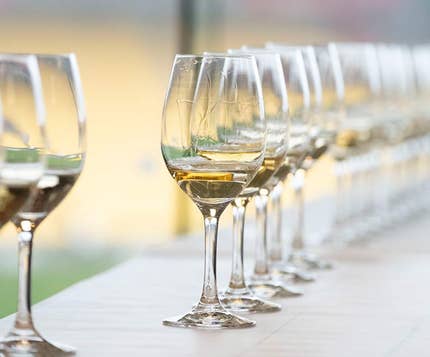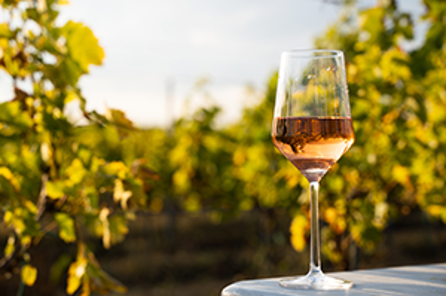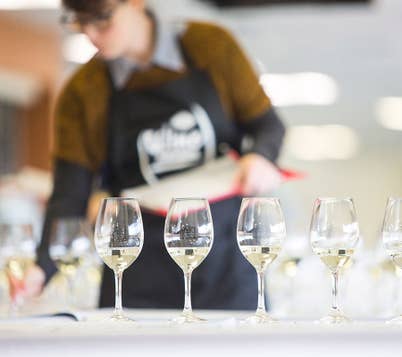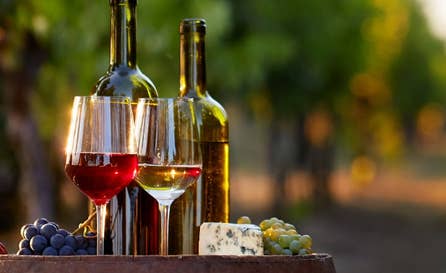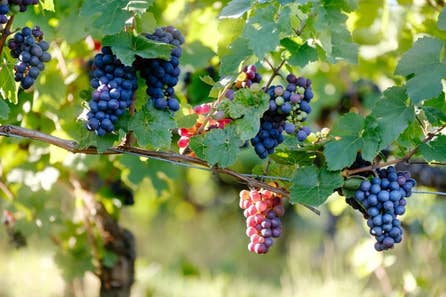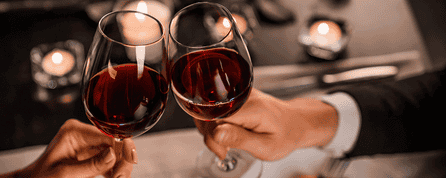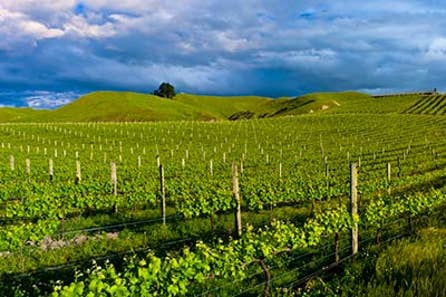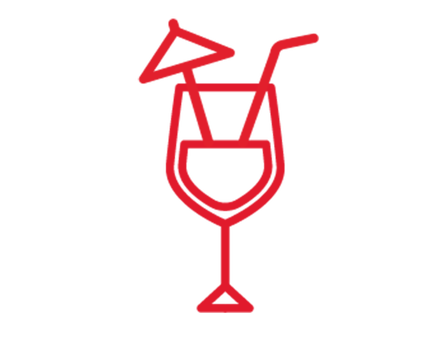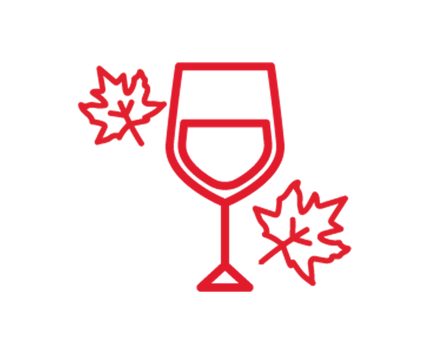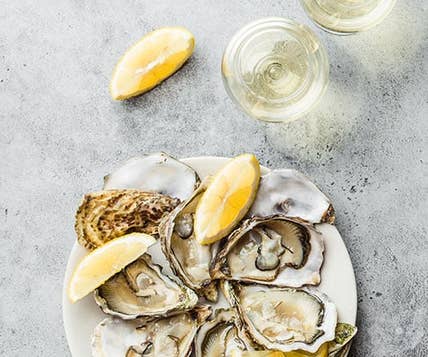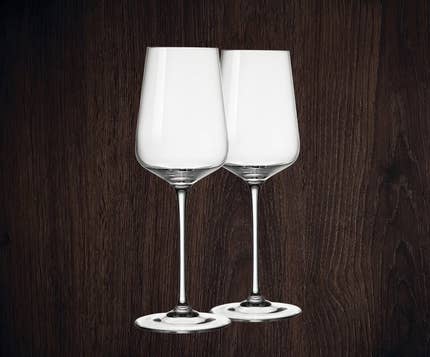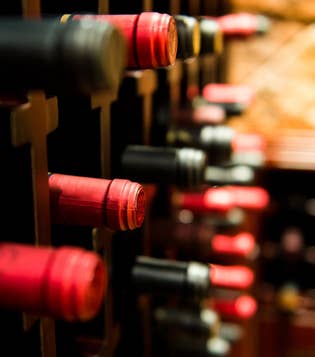Wine at New World
Your wine guide bought to you by our wine experts.
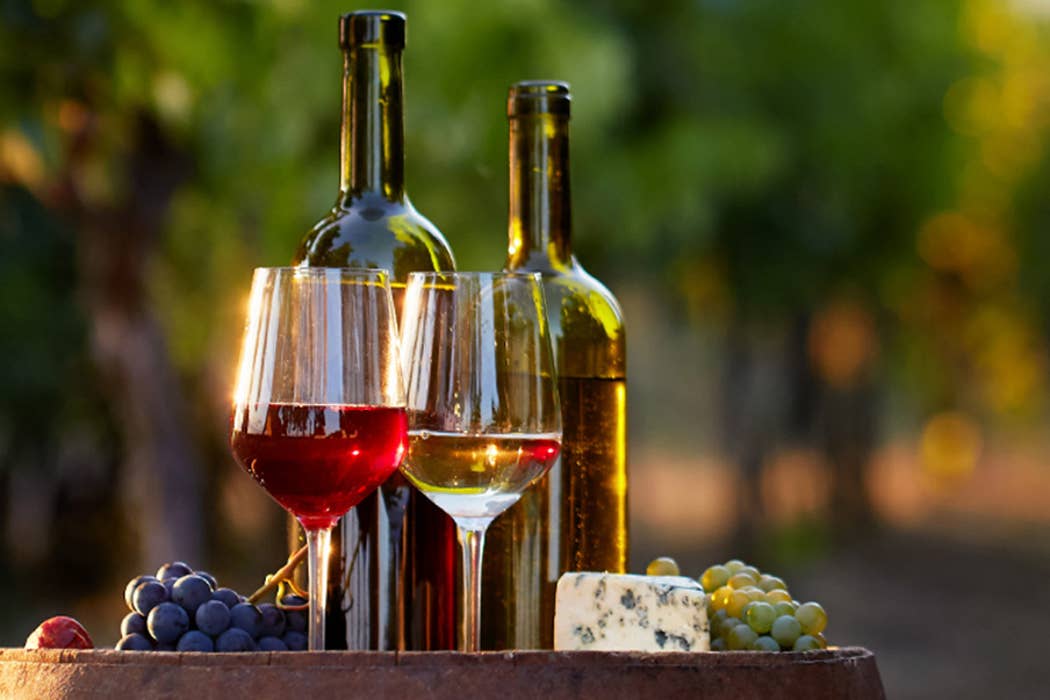
Expand your knowledge of wine, from what wine to pick, tasting notes and food pairing, to the fascinating history of your favourite varietal we've got you covered when it comes to wine.
Popular wine varietals
Use our guides below to learn a bit more about the main grape varieties and the varietal wines they produce.
1 / 0
Popular types of wine
Learn about the different types of wine and varietals, the difference in taste and how to choose a wine you like.
1 / 0
Our pick of the best for 2025
1 / 0
Wine for every occasion
Not sure what bottle to bring to the party, or whether you can drink red in summer? Here’s how to pick the best wine to suit any occasion.
1 / 0
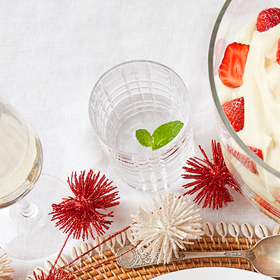
Find an excellent party sharer that can stand up to rich food.
Choosing a Christmas wine
Wondering what wine to serve with a Christmas roast or pudding in NZ? Find out how to compare labels, and what makes the perfect Christmas wine.
Find out more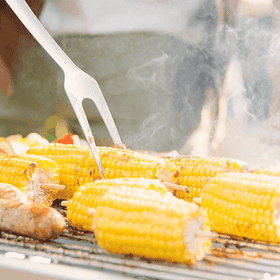
Find out what makes for an excellent, versatile barbecue wine
Wine for the barbecue
You don’t get much more Kiwi than a sizzling barbie and a glass of great wine. But what wines go great with barbecue food, and should you choose red or white? Read our guide.
Find out more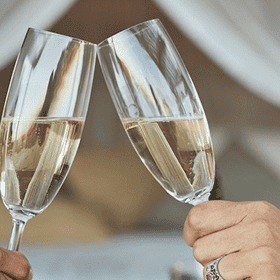
Learn how to spot a great special occasion wine, and what goes well with hundreds of people
Choosing a wedding wine
What are the most popular wines for weddings, and how many bottles should you buy? Discover everything you need to know about buying wine for a Kiwi wedding.
Find out moreWine and food pairing
Wondering what wine to serve with dinner? We can help you make the perfect choice.
1 / 0
Serving, storing and cooking with wine
Everything you need to know about serving wine, keeping it fresh for longer and enhancing your favourite recipes.
1 / 0
